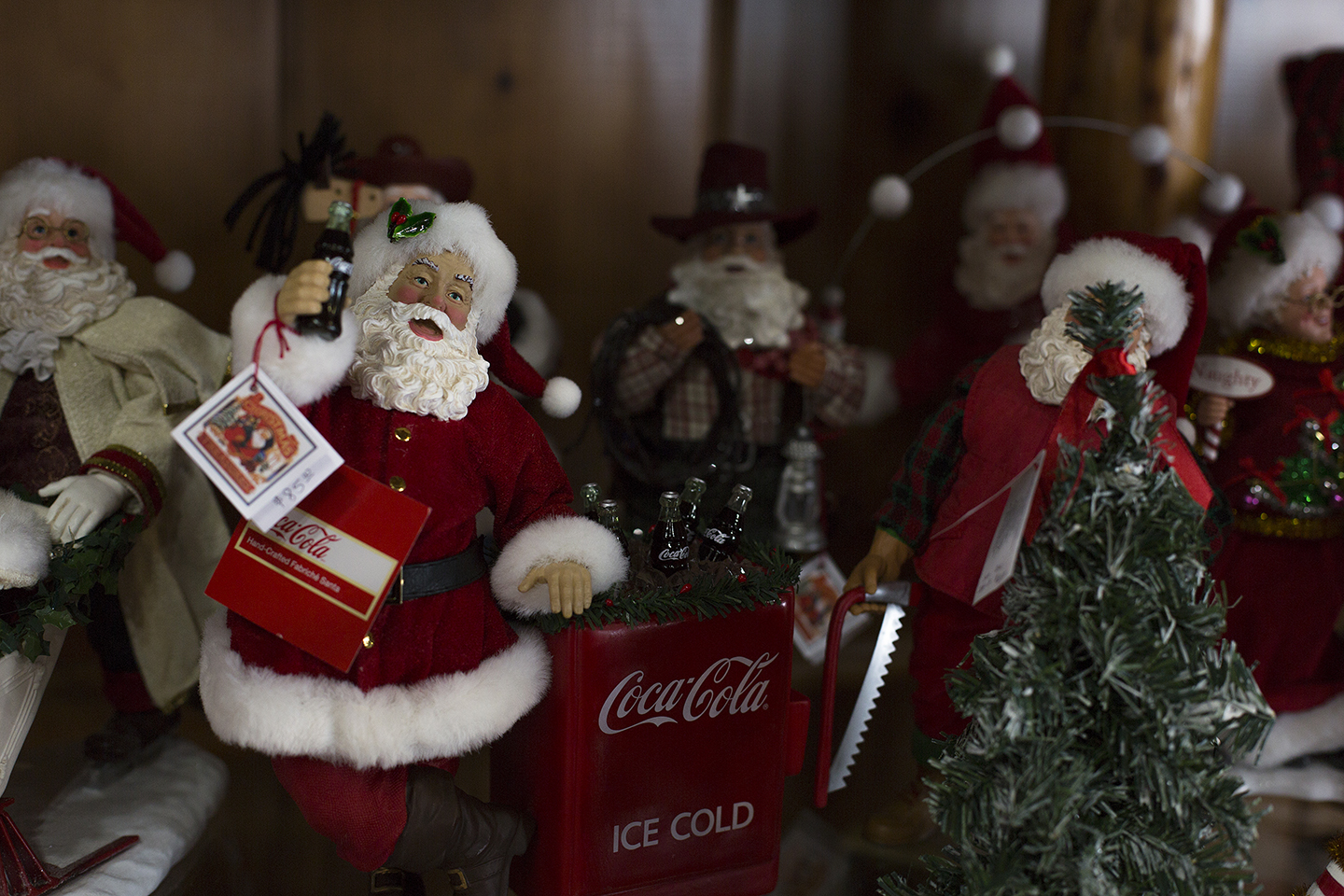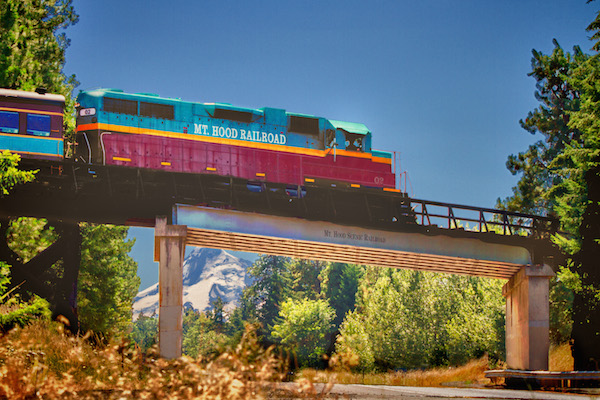written by Anna Bird | photos by Greg Lehman
A small town in southeastern Washington has worked its way into the international wine scene. It has attracted renowned chefs inspired by the region’s bounty. Last year, it culled the Gentlemen of the Road tour, Mumford & Sons’ touring music festival, which chooses rural towns and small cities for concerts. That weekend, the town’s population of about 30,000 nearly doubled. Welcome to Walla Walla: “The town so nice, they named it twice.”
Perhaps a little out of the way, Walla Walla, Washington, churns out some of the Northwest’s best wines from the foothills of the Blue Mountains. It’s a place where everyone is connected to the land in some way, where winemakers with purple-stained hands and farmers with perpetually dirty jeans might share a beer. “It takes a lot of good beer to make good wine,” one tasting room manager told me.
An up-and-coming wine valley
The valley has been likened to that of Napa Valley twenty years ago, though many Walla Walla locals disagree—whether righteously or indignantly. It’s still a small, young wine region. The first grapes were planted in the 1970s, much to the dismay of long-established wheat farmers. The Walla Walla AVA was designated in 1984, and the industry bloomed in the following decade. The Center for Enology and Viticulture was founded at Walla Walla Community College in 2000, and in the last fifteen years, it has become prolific in the Northwest.
Visitors are generally pre- or post-children, young couples and empty nesters looking for a getaway without a lot of hassle or flare. Most visitors come from Northwest (Portland and Seattle) and California, but many come from farther-flung locations or even abroad.
It helps that the Walla Walla downtown is adorable, with turn-of-the-century brick buildings lining Main Street. Passersby make eye contact, smile, and even say hello. Nevertheless, Walla Walla has become a world-class wine destination.
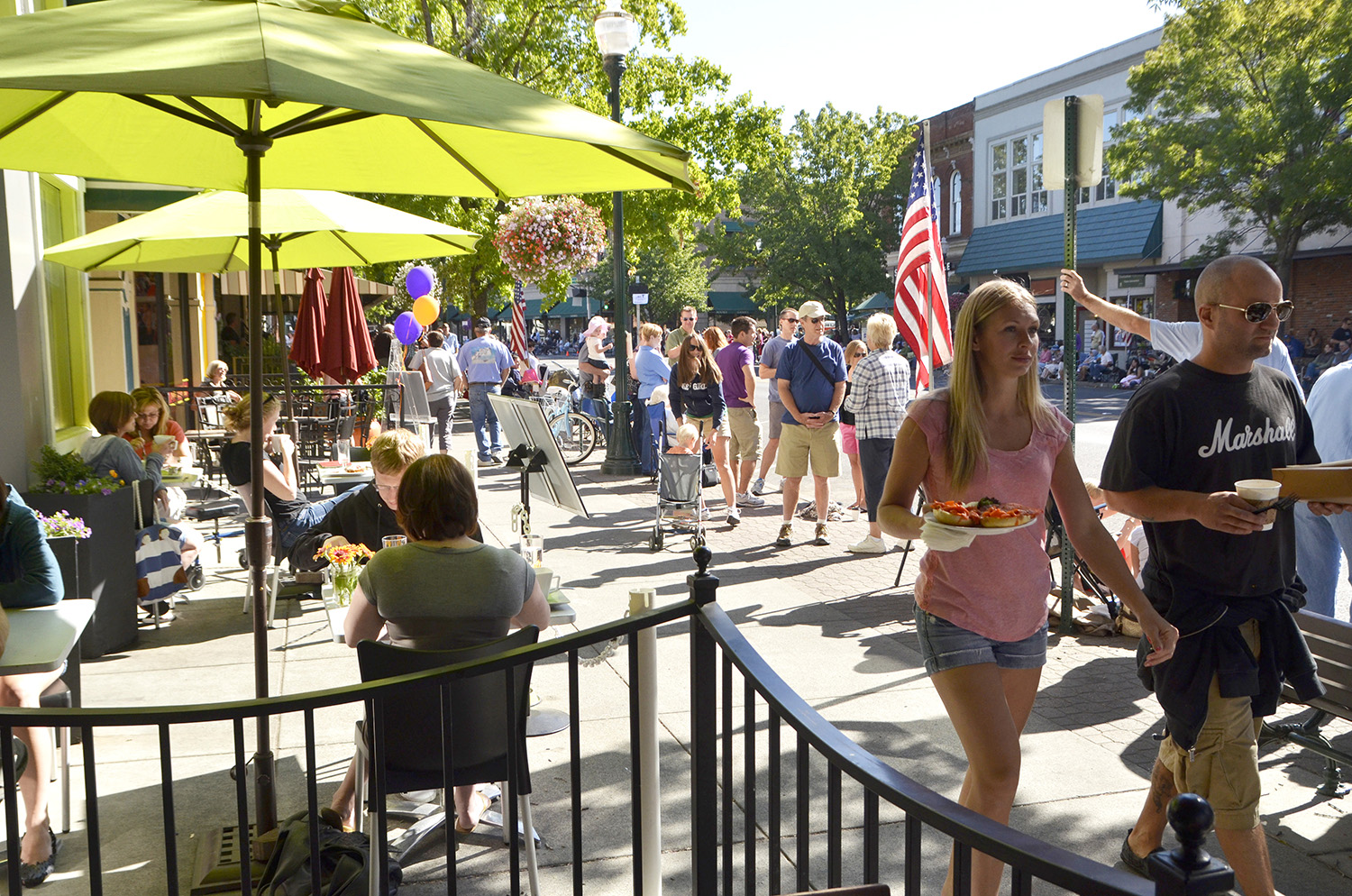
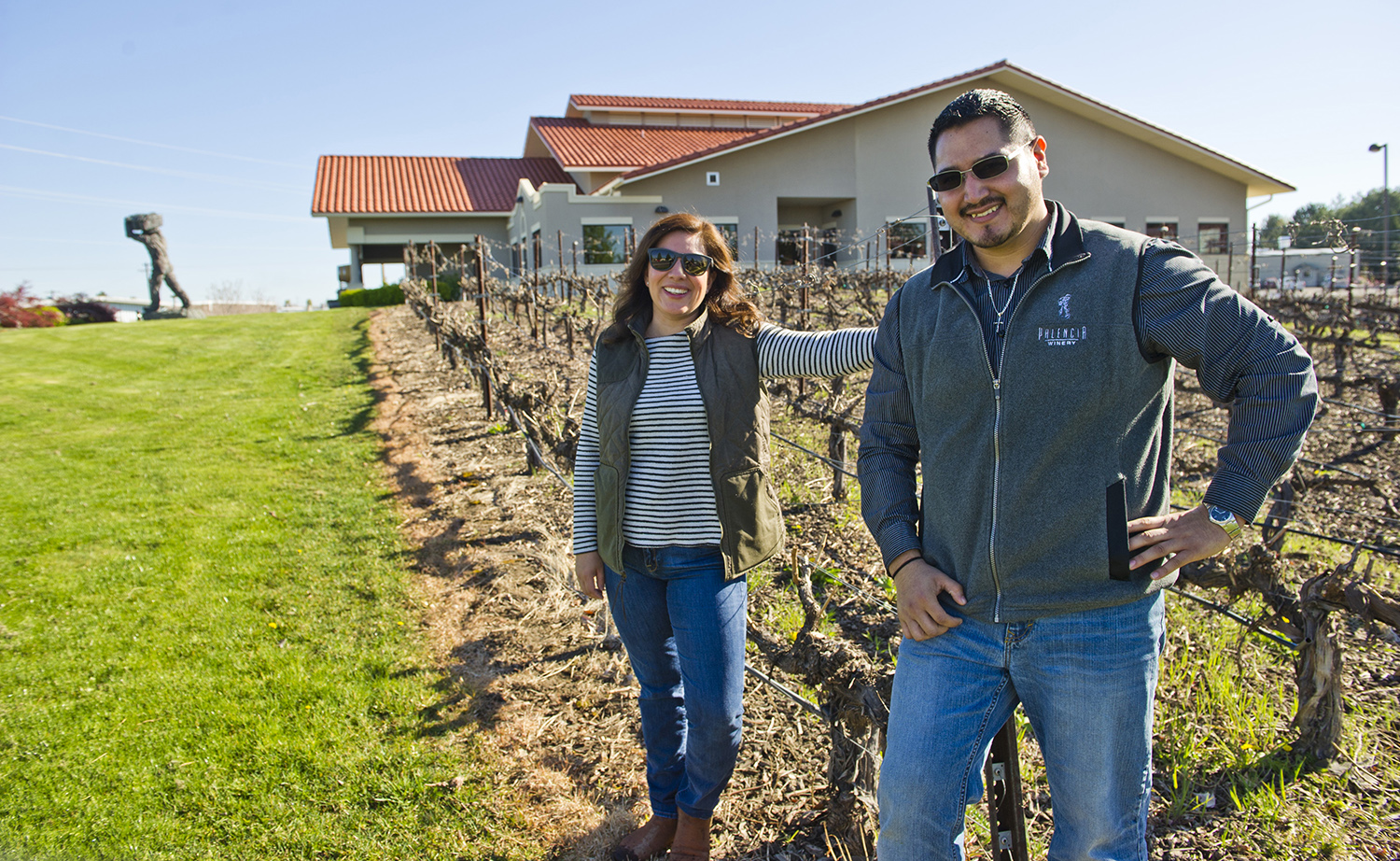
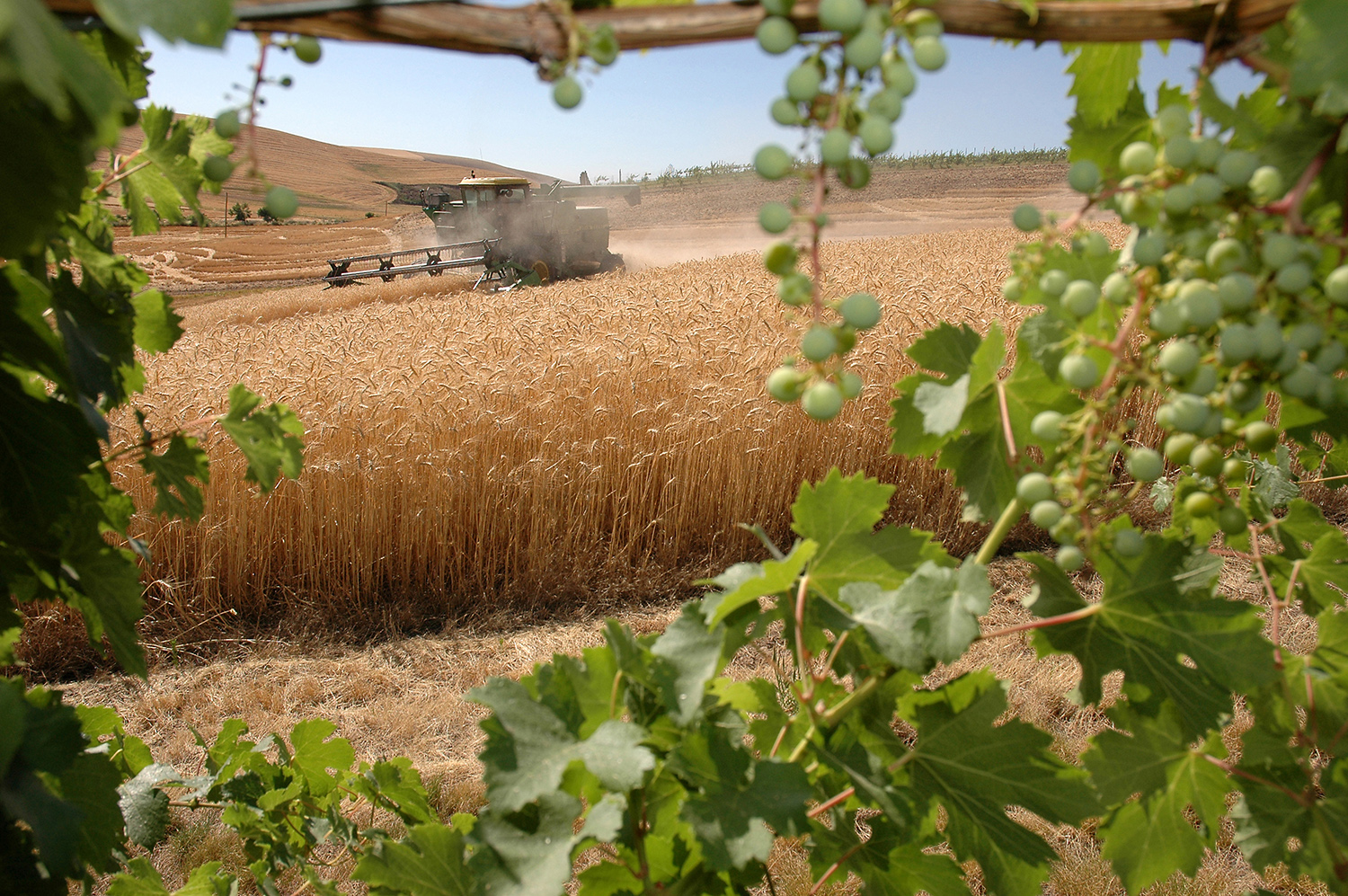
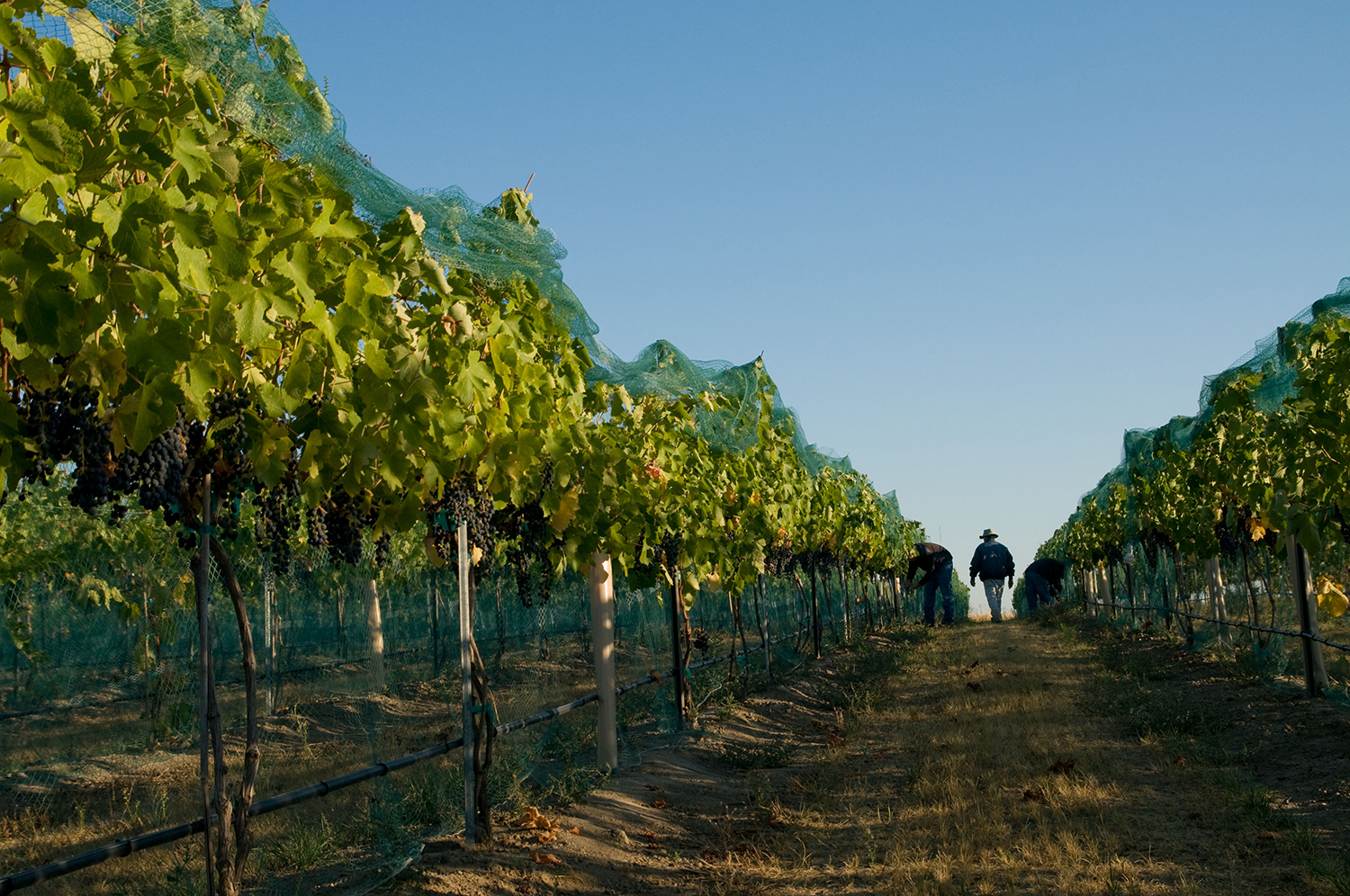

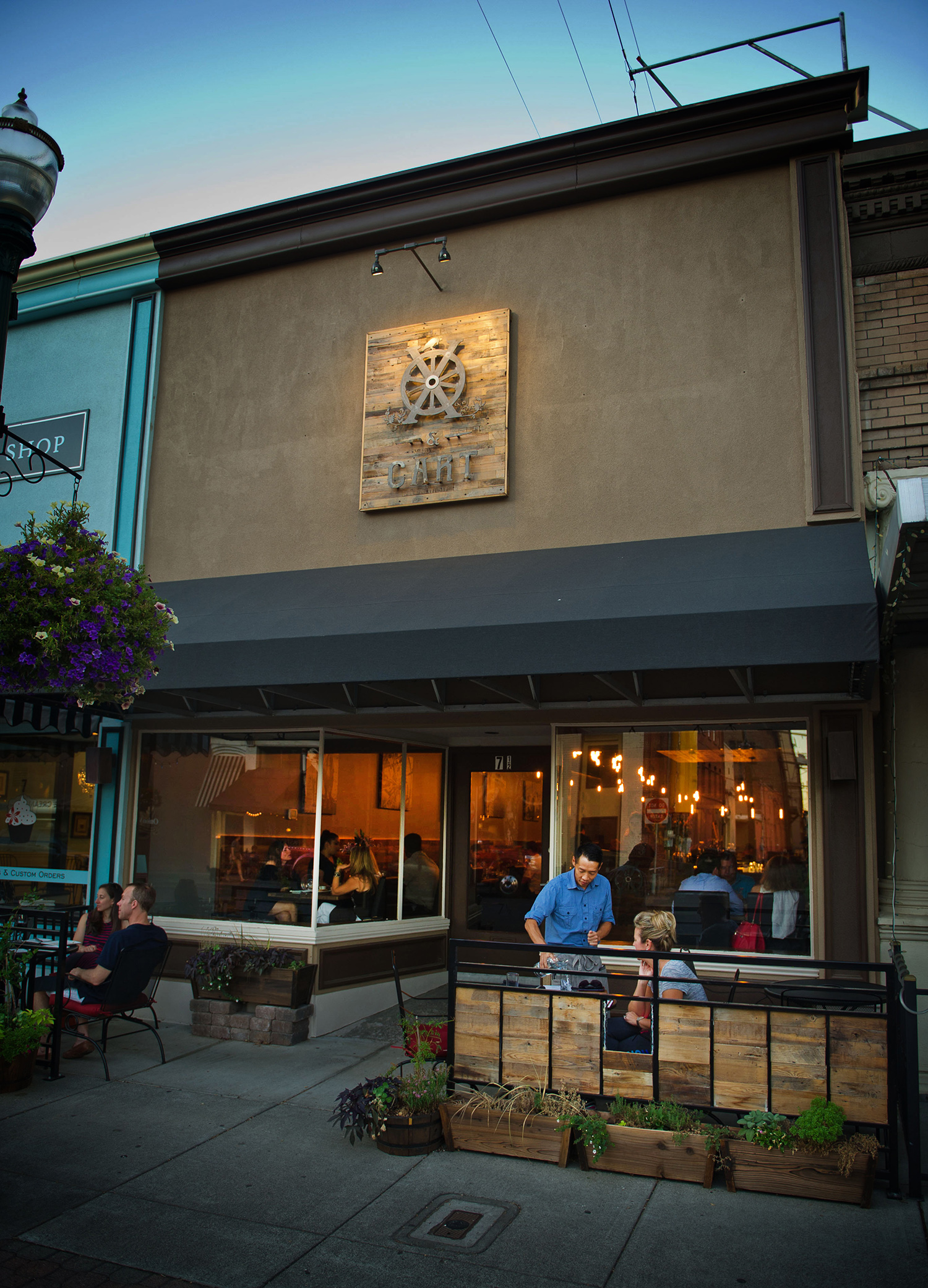
A history of great wine
Before the daring grape growers came along—locals Gary Figgins (of Leonetti Cellar) and Rick Small (of Woodward Canyon Winery), who established the first and second commercial wineries in the area, respectively—the region was known for sweet onions, asparagus, wheat and apples. So it goes with wine regions, the culinary scene followed about a decade later. Now, the Walla Walla dining scene is booming. Think Dungeness crab and chevré-filled Turkish dumplings from Saffron Mediterranean Kitchen, or Coquilles Saint Jacques á la Parisienne from Brasserie Four, sweet onion soup from The Marc, even a house-smoked brisket sandwich from Andrae’s Kitchen, located in a gas station.
To fully grasp the scope of Walla Walla’s offerings, visit Ox & Cart, among the town’s newest restaurants. Ox & Cart considers itself “a study of small farms and ranches in the Walla Walla Valley.” The spring bounty salad, amberjack crudo, wagyu beef culotte steak and The Farmer’s Daughter cocktail are superb with seasonal ingredients from local food producers.
The valley’s diverse terroir—a mosaic of basalt bedrock, Missoula flood sediments and cobblestone—has attracted veteran winemakers and tech developers turned winemakers, along with winemakers from Oregon, Switzerland, France and beyond. The French vigneron, Christophe Baron of Cayuse Vineyards, defied naysayers and planted a vineyard on stone-covered farmland, which now produces some of the region’s most desired wines. Gramercy founder Greg Harrington, who once worked for the Wolfgang Puck Fine Dining Group, tasted a Walla Walla syrah while he was overseeing a prestigious wine program in New York and fell in love. A few winemakers stated that while cabernet put Walla Walla on the map, the region became known for its merlot. The syrah, however, expresses the terroir, making it the belle of the ball.
For a thorough sampling of Walla Walla wine, don’t limit yourself to one area. Go to the tasting rooms downtown, check out the cutting-edge incubator wineries at the historic WWII military base, walk through the multi-generational vineyards on the westside and flirt with the Oregon-Washington border on the southside. Just ask the tasting room manager or winemaker who is filling your glass—she’ll spout a lengthy list of other wineries to visit. As it turns out, “so nice, they named it twice” is a fitting slogan.



